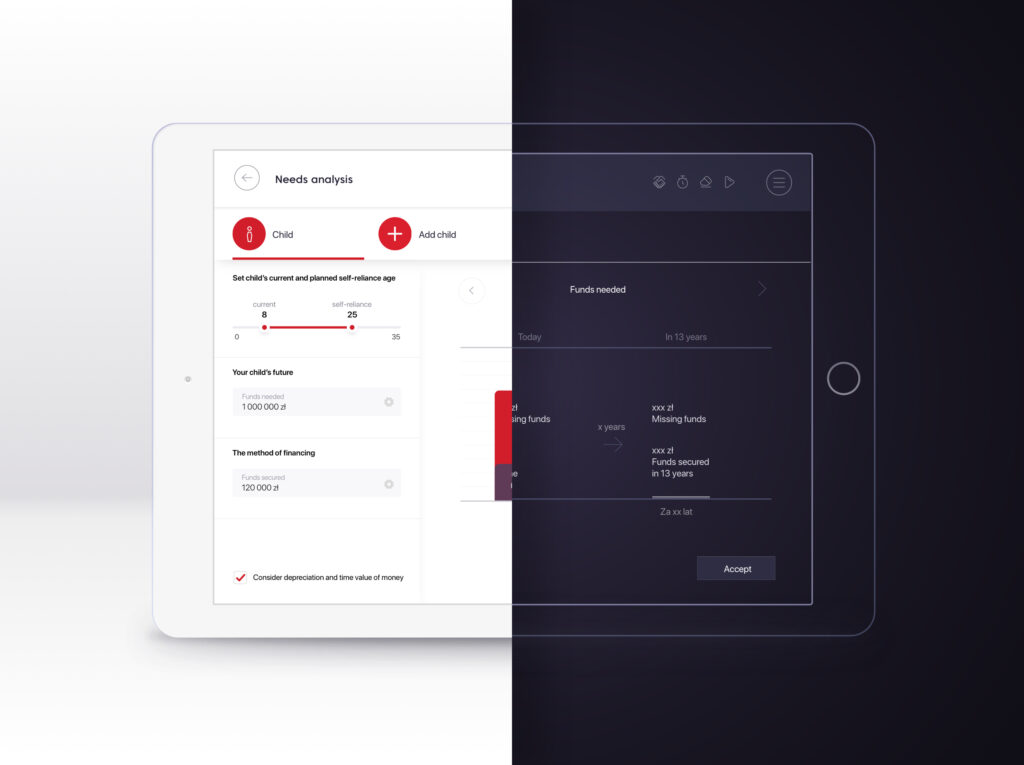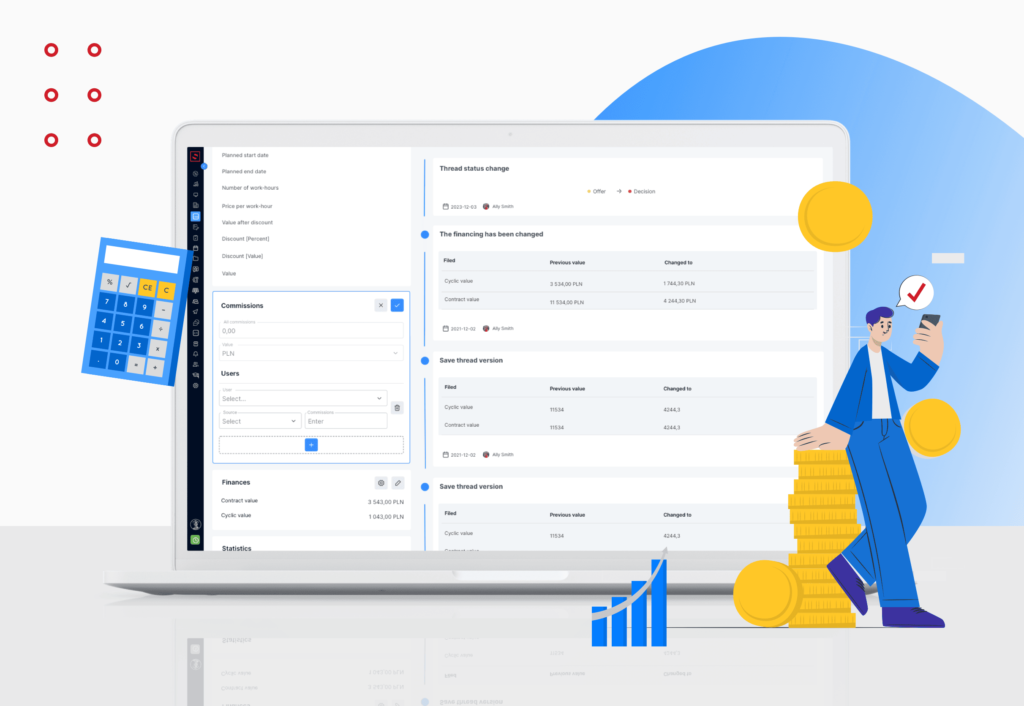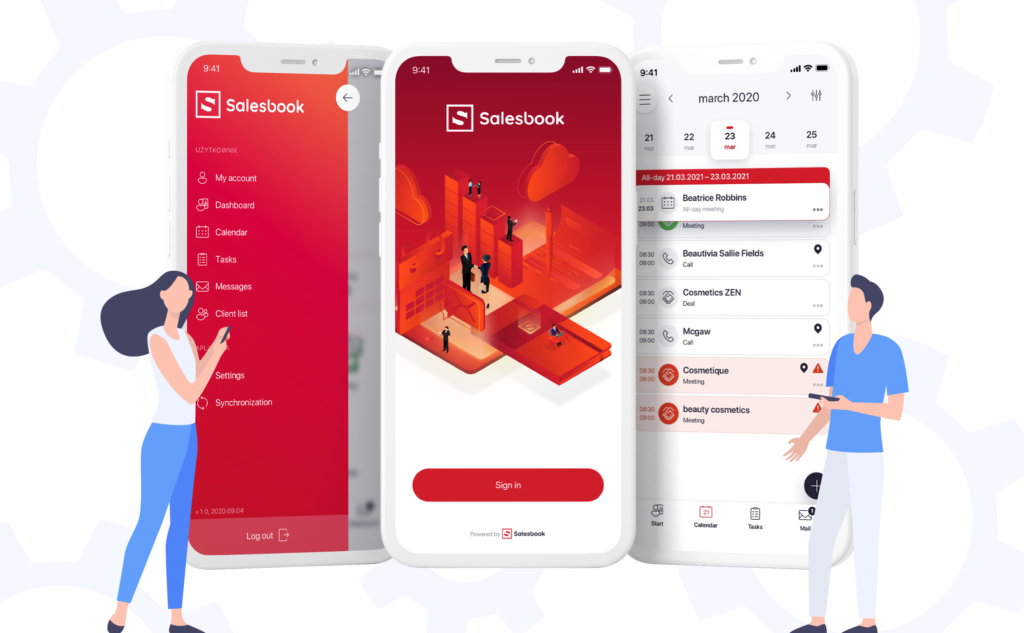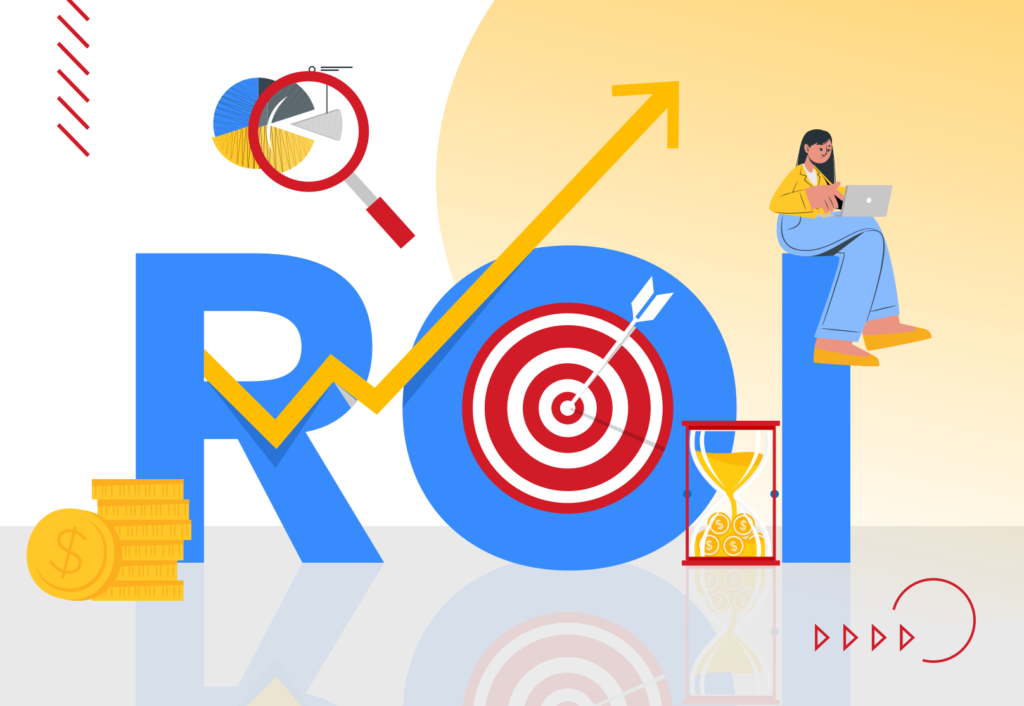5 facts about direct sales that may (but should not) surprise you


The world has gone crazy about the new category of products supporting direct sales processes. Sales acceleration ceases to be just a curiosity – it becomes a new standard for effective relations between the company and its customers. Today I would like to show the most important trends that illustrate this phenomenon.
To begin with, let’s just remind that sales acceleration refers to strategies that help companies transfer business opportunities through the stages of so-called funnel, with greater efficiency than classical CRM systems. In this category there are many tools that support traditional processes, e.g. presentation applications, analytical systems or predictive mechanisms.
We have already written more about this in this article: “What is Sales Acceleration and how it helps managers to achieve sales results“. Today we will look at a few statistics that show how strong the impact of this product category on the entire sales process is.
1. Customer experience counts
A study carried out by Salesforce entitled “State of the Connected Customer 2018” shows that as much as 80% of customers confirm the role of user experience during the sales process, putting it on a par with the product or service itself. 67% of customers are willing to pay more for their merchandise if the service is at the highest level and 67% of North American respondents believe that their expectations of the seller are higher than ever.
The bottom line is that by providing the customer with a better experience, we have a better chance of closing the deal, faster and at a higher price. That’s why we need to be perfectly prepared from the very first meeting, having with us all the sales tools – presentations, multimedia, demos, comparison tools, configurators, etc. What is more, our process of telling the customer about the product must be checked, structured and sensible, the materials must be visually attractive and the offers understandable to everyone.
2. It is thanks to the tools that retailers sell more
The CSO Insights report (“Sales Enablement Report“) indicates that retailers who are supported by Sales acceleration or Sales enablement applications sell more often than their colleagues who use more traditional tools. In 2018, the percentage of representatives who have met the budget assumptions increased by as much as 10.6 percentage points (to 43%), which is an improvement of 22.7%. Still, however, 57% of salespeople “do not deliver”.
Does this surprise anyone? It seems that in direct sales there is still a rule that says that a lot must change for nothing to change. Sales managers act as if we had someone dig a hole with their bare hands and just kept coaching them that it’s better not to dig in the sun.
Meanwhile, salespeople need tools – a sales representative, who has a tablet with an interactive presentation in his hand and offer configurator, gains a huge advantage over the one who can only use his hands to tell the story.
3. The meeting with a salesman can still be interesting
It’s not true that customers don’t like or don’t want to meet with traders – they do, only under certain conditions. The most important thing is that such a meeting has value for them, so the offer needs to be presented in way that solves specific problems of a potential buyer.
CSO Insights report titled “The Growing Buyer-Seller Gap” provides interesting data on this topic. Well, as many as 65.2% of the respondents who met with representatives using sales acceleration tools considered such a meeting valuable; 61.8% said that the meeting met their expectations, and 32.2% said that the offer and the manner of presentation exceeded their expectations. Only 2.6% of respondents wanted to make an online purchase, without the support of the seller.
I think this is very important data, because it disenchants the belief that everything must be sold online today. This is especially true for B2B products, which are often so complicated that the support of the person who will guide us by the hand and answer our questions becomes necessary.
However, it is crucial that such a vendor is realistically prepared to talk to the customer, so he or she can simplify the product to a level that is understandable. We have already written about this in the material entitled “How to facilitate the sale of financial products? The best practices and examples“.
4. The best salespeople are responsible for the largest part of the company’s revenue
CSO Insights are an unparalleled source of sales knowledge, so we will use their report again. In the study entitled “2018 Sales Talent Study” we will find information about the fact that 20% of the best sellers account for 53.6% of the company’s revenues. Of course, we will consider it as something very trivial, because if someone is good, they must bring more to the company. However, I always wondered why we stop here so often and do not try to draw conclusions.
The simplest conclusion would probably be that it is worth encouraging the “weaker” salesmen to do what the “best” ones do. And this is the most common way and many times it is effective. Its extreme form is sales training, where people who have been or are recognized salesmen tell others about their experiences and ideas.
What’s more, this is confirmed by data – in Gartner’s report “Identifying and Developing the Sales Manager Profile that Drives Performance” we can find information that 58% of salespeople learn from their colleagues. But there is another important piece of information: As many as 66 percent of the representatives consider personal experience to be more important than that of their colleagues.
And there is a lot of truth in that. Yes, we are all very keen to train, we appreciate the value of trainers and qualification programs, but still the curse of 20% applies to almost every company. Can you do anything about it? In my opinion, yes – the answer should be sought in analytical tools, and ultimately in the mechanisms of machine learning.
When I talk about analytical tools, I mean those applications from the Sales acceleration category that allow for objective verification of, among other things, which sellers have the best results, how much time they devote to customers, what marketing materials they use, etc. I’m talking about a situation where we can create a model of the “ideal salesman” on the basis of historical data and describe it with specific parameters, e.g. meet type A customers, in type B locations, at C hours, devoting D minutes to them, showing the presentation E, stopping for five minutes on slide F, then open the configurator, then show the video etc.
Knowing the “ideal retailer” model, we can simply design the process in the smallest detail, prepare the right materials, and then hand over to all retailers a tablet with a complete sales tool. It’s a bit like cloning the best salesmen.
It’s also worth considering that this way we can shorten the time to implement a new employee, and this one takes an average of 10 months for a sales representative.
5. Content is king… also in direct sales
The fact that “content is king” has been known for a long time, but in direct sales?
We have no doubt that a beautiful photo on Instagram can earn a lot of favorites. The controversial story told on Facebook will warm up the audience in the comments and sharing the business experience on the company blog may attract more Internet users to our site. Good “copy” in press advertising, intriguing news in the media, pictorial infographics – we love good content, but we do not always combine it with B2B direct sales.
Remember the last meeting with your friends and answer the question: how many times you showed them something on the phone? Picture, joke, video, holiday photo etc. It was easier, faster and more effective to show something than to talk about it. So why wouldn’t a B2B salesman show the customer a scheme, graphic or video? Why shouldn’t they take out the tablet and configure the product for the customer, calculate the price or point out the benefits?
This is the power of content in the B2B sector! According to Kapost’s report, B2B companies spend a total of more than $5.2 billion each year on producing content, so if your company does not do it yet, it should start.
PS. If you want to try a Sales Acceleration tool in your company, use the following form: test the demo. Salesbook is the first application of this type on the Polish market – it already effectively helps salesmen in companies such as Mercedes-Benz, Energa or Polaris.
Table of Contents








